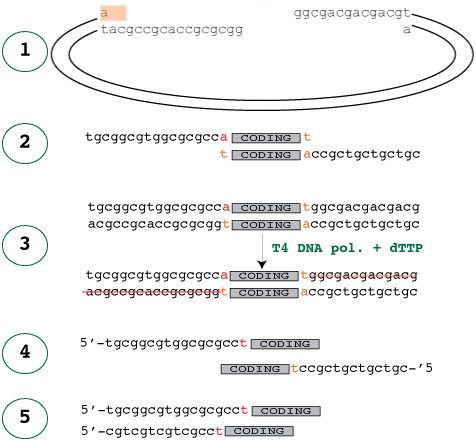

The red fox has a geographic range wider than that of any other wild species in the order Carnivora 2 and has even become a common resident of many major cities 3, 4, 5, 6. However, these two species occupy very different ecological niches. The red fox ( Vulpes vulpes) and the domestic dog ( Canis familiaris) are closely related species that only diverged about 10 million years ago within the family Canidae 1.

The fox represents a powerful model for the genetic analysis of affiliative and aggressive behaviours that can benefit genetic studies of behaviour in dogs and other mammals, including humans. Other regions identified as likely to have been under selection in foxes include genes implicated in human neurological disorders, mouse behaviour and dog domestication. A strong positional candidate gene for tame behaviour was highlighted: SorCS1, which encodes the main trafficking protein for AMPA glutamate receptors and neurexins and suggests a role for synaptic plasticity in fox domestication.

Analysis of the re-sequenced genomes identified 103 regions with either significantly decreased heterozygosity in one of the three populations or increased divergence between the populations. Here we sequenced and assembled the red fox genome and re-sequenced a subset of foxes from the tame, aggressive and conventional farm-bred populations to identify genomic regions associated with the response to selection for behaviour. Strains of red fox ( Vulpes vulpes) with markedly different behavioural phenotypes have been developed in the famous long-term selective breeding programme known as the Russian farm-fox experiment.


 0 kommentar(er)
0 kommentar(er)
